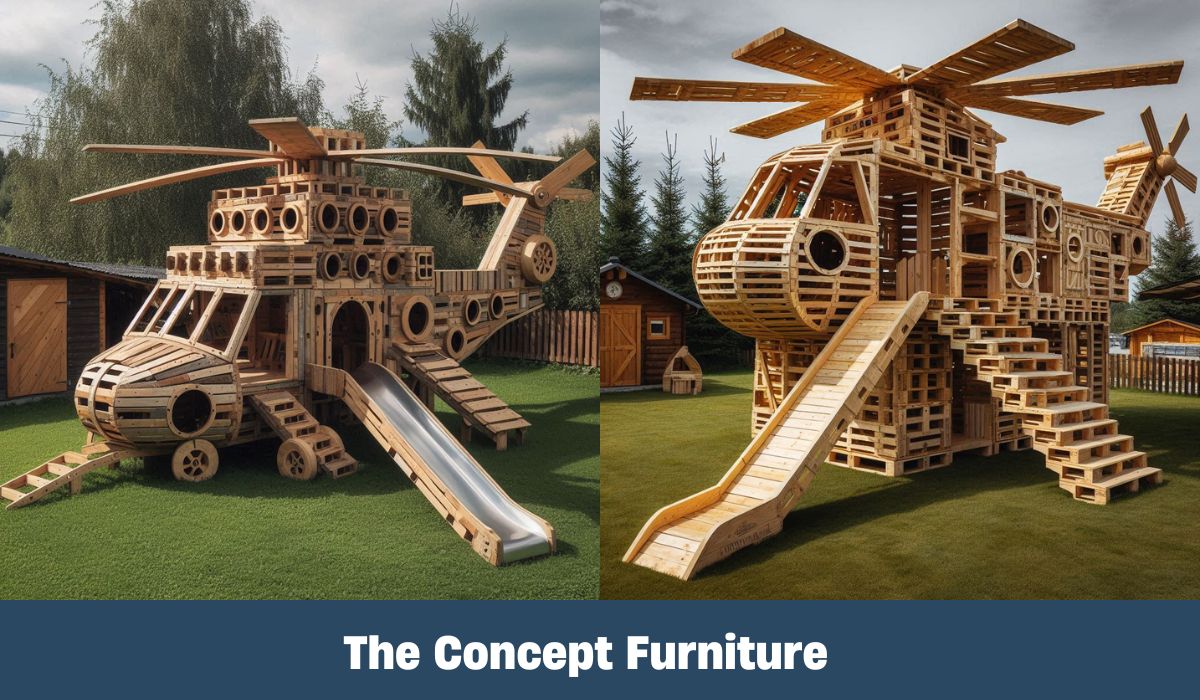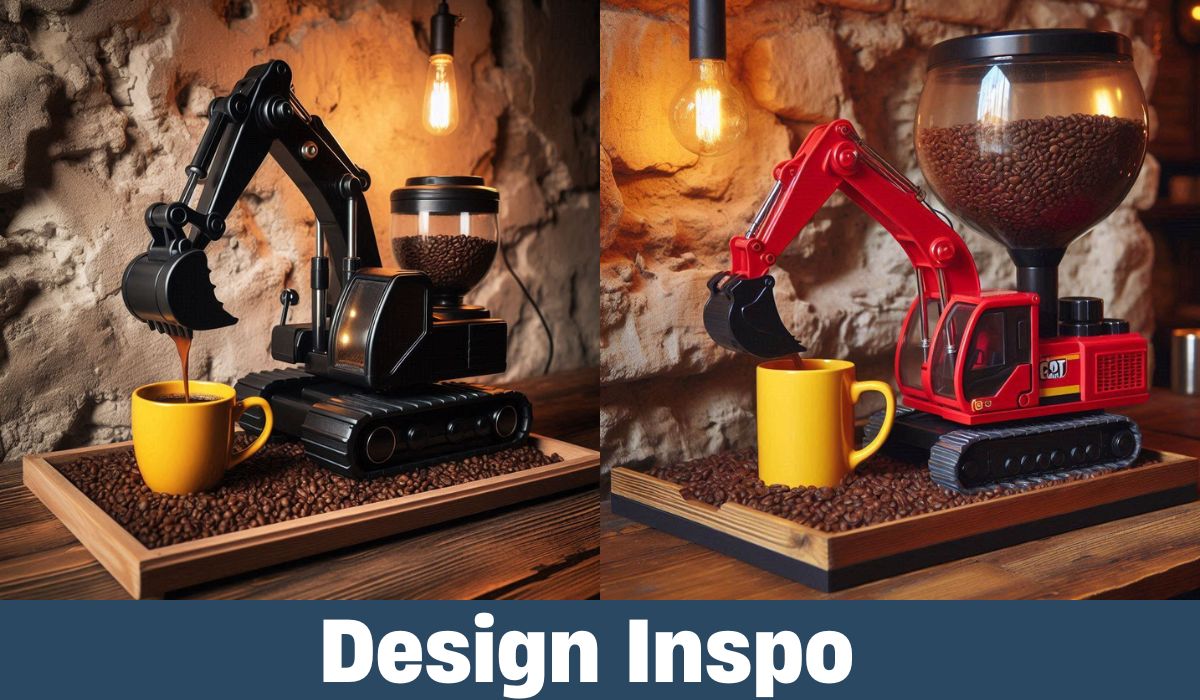The world of model aviation is captivating, and among its many treasures lies the wood helicopter. The craftsmanship involved in creating these wooden flying machines showcases not only skill but also a deep appreciation for aerodynamics and artistry. From the meticulous selection of materials to the intricate designs that define their structure, wood helicopters are a fascinating blend of tradition and innovation.
Introduction to Wood Helicopters
Wood helicopters have a long-standing appeal in both craftsman circles and as functional remote-controlled devices. These handcrafted marvels represent a unique intersection between art and engineering, where creativity meets practical application. Even in an era dominated by advanced materials and high-tech designs, wood helicopters maintain their charm through their aesthetic appeal and hands-on construction process.
For enthusiasts and beginners alike, building a wood helicopter offers not only a rewarding project but also an opportunity to learn about flight mechanics, woodworking techniques, and the joy of powered flight. Whether one is drawn to the nostalgia of traditional models or the sleek lines of modern designs, the wood helicopter serves as a versatile canvas for expression and experimentation.
History of Wood Helicopters
The journey of wood helicopters began long before the invention of motorized flight, tracing back to ancient civilizations that experimented with gliding structures. Over the years, these early concepts evolved, leading to the intricate designs we see today.
Early Designs and Innovations
Historically, the idea of vertical flight can be traced to various cultures, including the Chinese, who invented simple toys resembling helicopters made from bamboo. These rudimentary designs laid the groundwork for understanding lift and rotor dynamics. As technology progressed, Europeans began to explore broader applications of rotary-wing flight.
During the late 19th century, pioneers like Gustave de Ponton d’Amécourt created the first serious models that closely resembled modern helicopters, focusing on improving lift through design tweaks. These early wooden models were often hand-carved and featured basic mechanics, setting the stage for future innovations in both form and function.
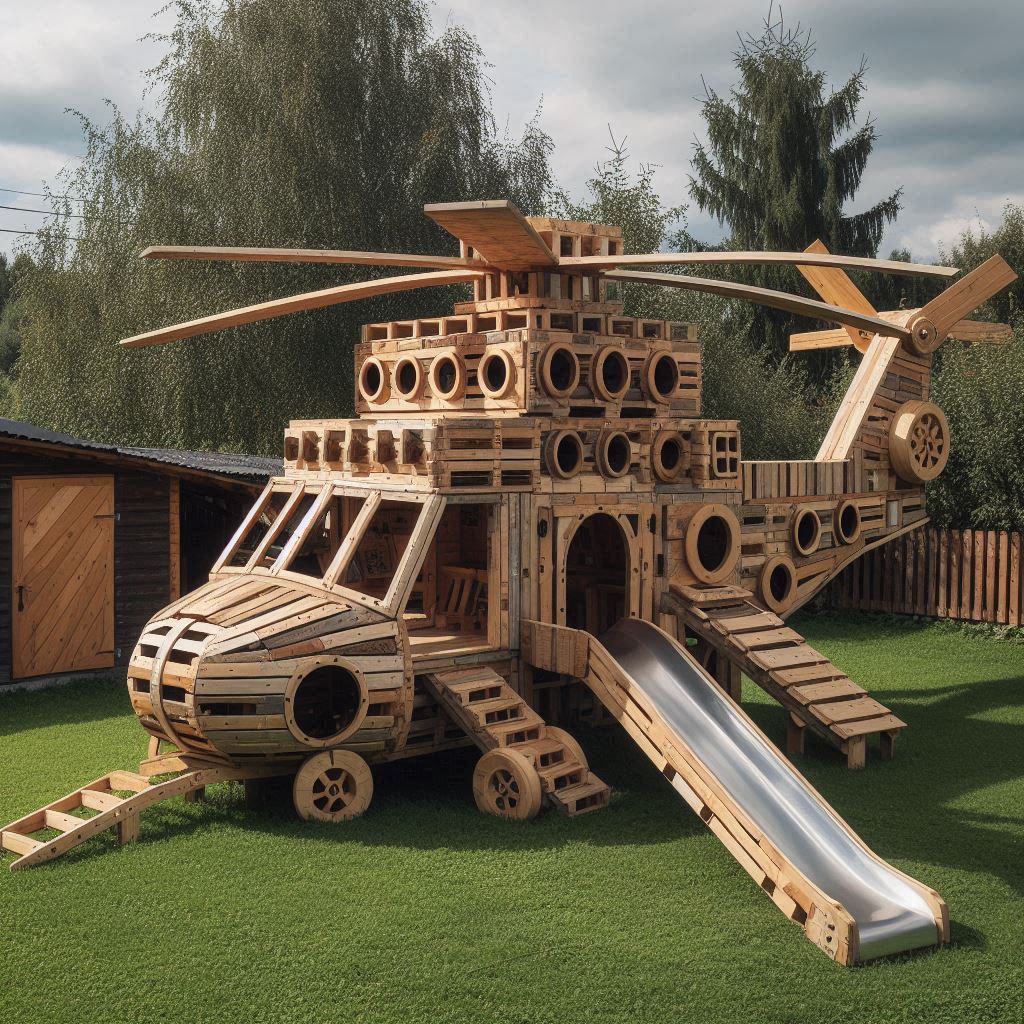
Evolution Over the Years
As the 20th century approached, the development of aviation technology accelerated, but wood remained a favored material among hobbyists and model builders. Wood helicopters saw significant evolution during this time, improving in terms of aerodynamics and performance.
The post-World War II era brought about an explosion in model aircraft popularity, with wooden helicopters becoming accessible to the general public. With advancements in design and engineering principles, enthusiasts could build increasingly sophisticated models that flew remarkably well. This period solidified the wood helicopter’s place in the annals of aviation history.
Types of Wood Helicopters
Understanding the various types of wood helicopters is essential for anyone interested in building or collecting them. Each type offers different experiences, aesthetics, and challenges.
Traditional Wooden Helicopters
Traditional wooden helicopters are typically built using classic woodworking techniques. They often feature intricate designs, showcasing the beauty of natural wood grains. These helicopters might be static display pieces or capable of limited flight.
Constructing a traditional wood helicopter often involves hand-carving components and applying finishes that enhance their visual appeal. For many craftsmen, this style evokes nostalgia and provides a tangible connection to the past. A traditional wood helicopter resonates with those who appreciate the artistry and heritage behind model building.
Modern Wooden Model Helicopters
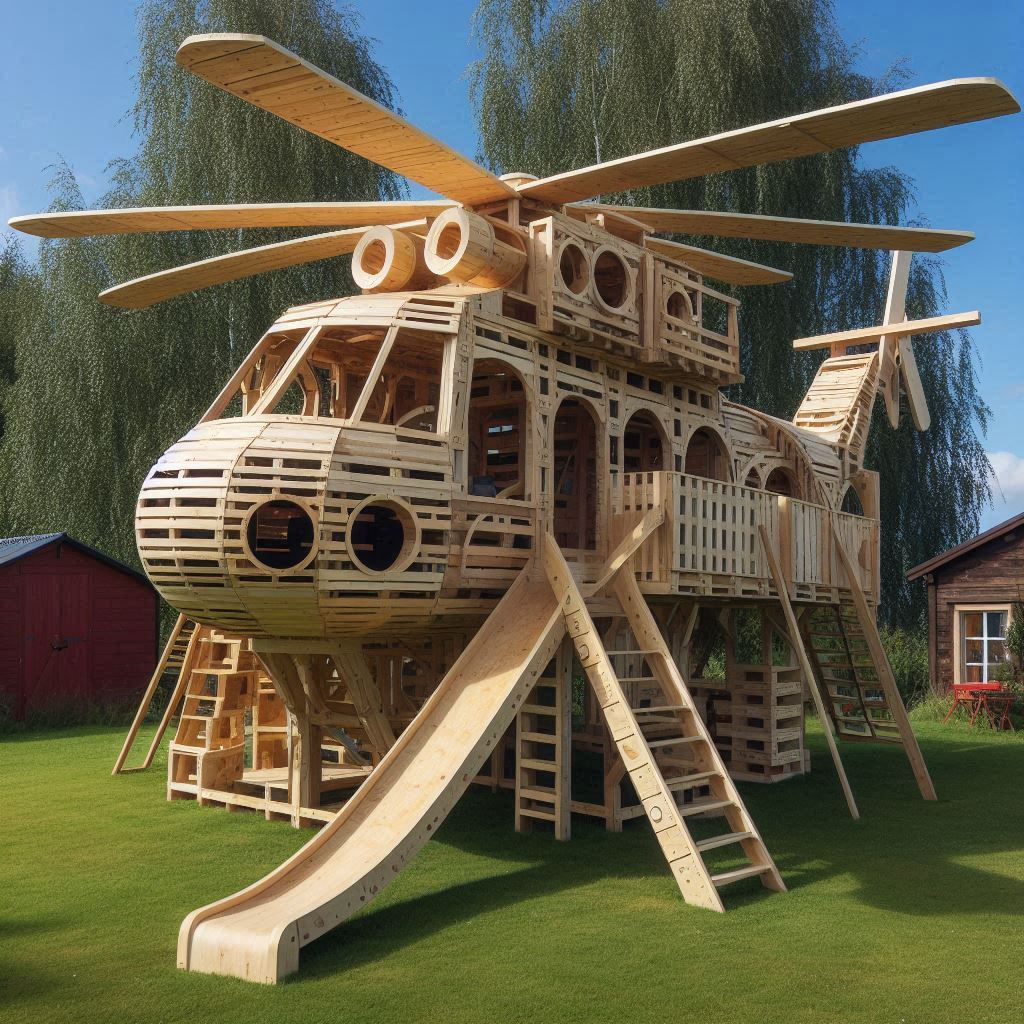
Modern wooden model helicopters combine traditional materials with contemporary designs and technologies. While they still embrace the charm of wood, many have incorporated lightweight materials and innovative engineering techniques to improve performance.
These helicopters often include features like improved rotor blades, enhanced stability mechanisms, and even electronic controls. By merging modern advancements with classic aesthetics, designers create compelling models that appeal to a wider audience, from dedicated hobbyists to casual enthusiasts.
Electric vs. Manual Wood Helicopters
Electric wood helicopters have surged in popularity due to their ease of use and performance capabilities. These models typically feature electric motors and battery systems, allowing for longer flight times and reduced reliance on manual power.
Conversely, manual wood helicopters require human input for propulsion, relying on techniques like winding a rubber band or launching with a small flick. Although they may lack the convenience of electrical counterparts, they offer a pure experience and deeper connection to the mechanics of flight. Both types provide unique challenges and rewards for builders and fliers alike.
Materials Used in Wood Helicopters
Crafting a wood helicopter requires careful consideration of the materials used. The choice of wood and additional elements directly impacts the overall performance, durability, and aesthetics of the final product.
Types of Wood Preferred
When selecting wood for constructing a helicopter, several species stand out due to their ideal properties. Balsa wood is a favorite among model builders because of its lightweight nature and ease of manipulation.
Plywood is another popular choice, offering strength and durability without excessive weight. For added visual appeal, some builders opt for hardwoods such as maple or walnut, which provide a beautiful finish at the expense of increased weight. Ultimately, the choice of wood depends on the desired characteristics of the finished helicopter and the builder’s preferences.
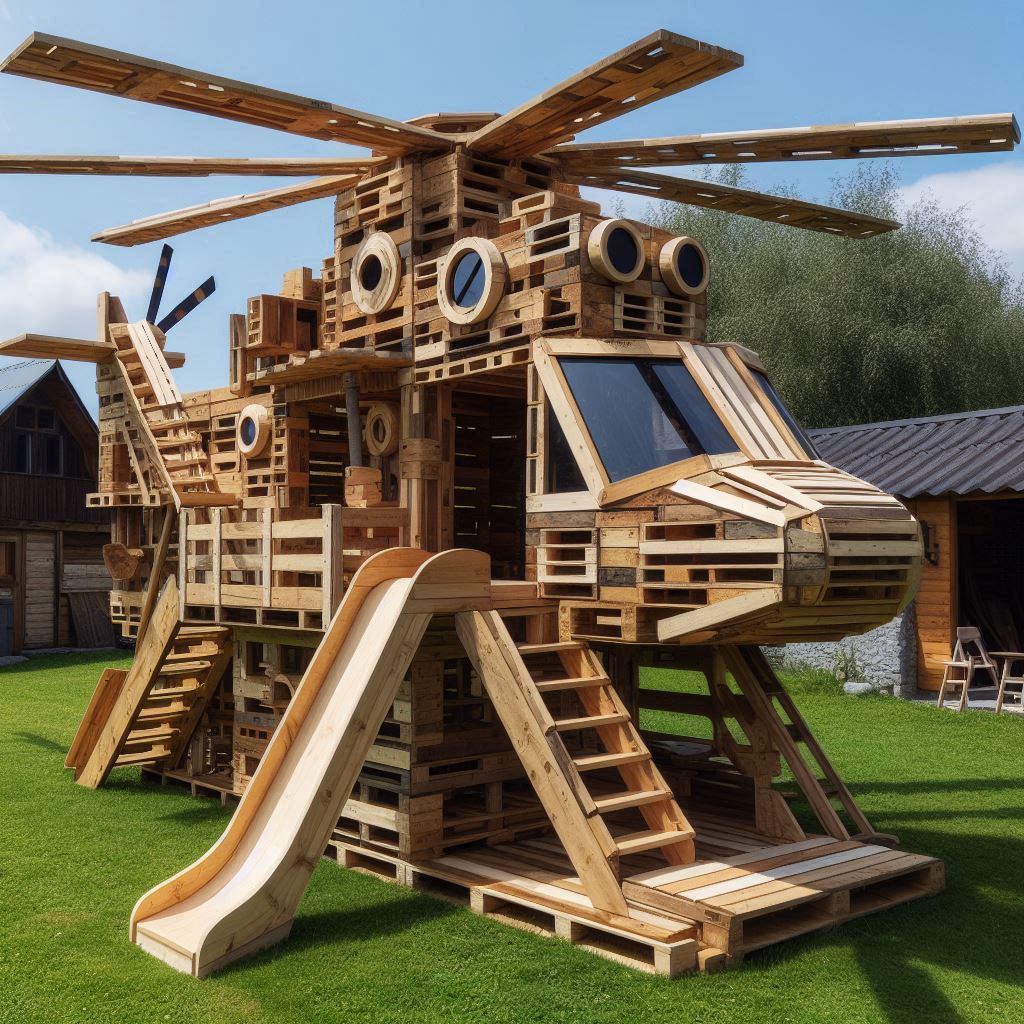
Other Materials for Construction
Beyond wood, other materials play crucial roles in a helicopter’s construction. Lightweight metals like aluminum can provide structural support without adding considerable weight. Plastics and composites are often utilized for rotor blades and other aerodynamic components, enhancing performance while maintaining a manageable weight.
Adhesives and finishing products are equally important. Choosing high-quality glues ensures that joints remain strong, while finishes like varnish or lacquer protect the wood and enhance its visual appeal. The combination of materials allows builders to customize their creations, ensuring every wood helicopter is unique.
Building a Wood Helicopter
Building a wood helicopter offers an enjoyable and fulfilling experience for aviation enthusiasts. The process requires preparation, patience, and attention to detail, resulting in a satisfying accomplishment.
Tools Needed for Construction
Successful construction begins with gathering the right tools. Essential items include a craft knife for cutting wood, sandpaper for smoothing surfaces, a ruler for accurate measurements, and clamps to hold pieces securely during assembly.
In addition to these fundamental tools, having access to specialized equipment like a scroll saw or laser cutter can significantly streamline the crafting process. Quality tools foster precision and ensure that builders achieve the desired results, making the journey smoother and more enjoyable.
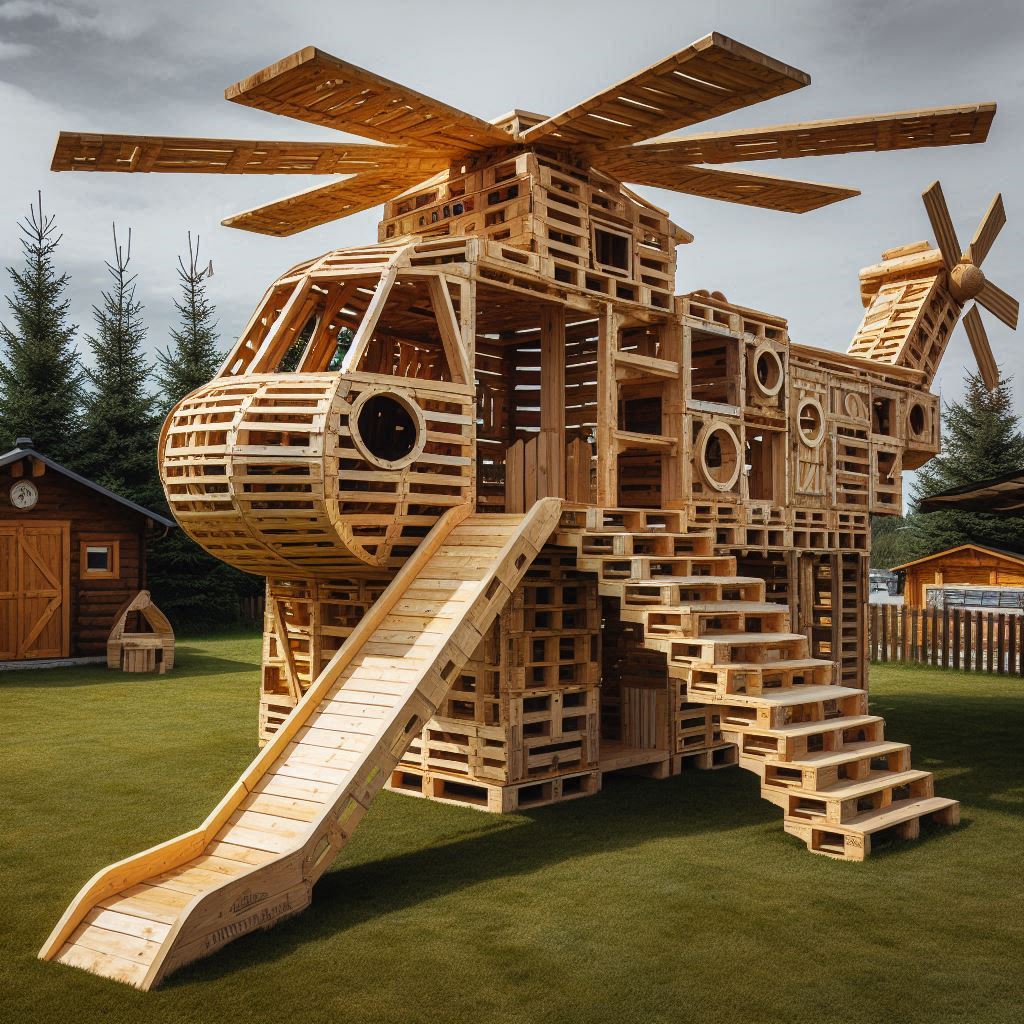
Step-by-Step Guide to Building
Embarking on the construction of a wood helicopter involves several critical steps:
- Planning: Before cutting any wood, sketch out the design, determining dimensions and necessary components. Researching existing models can provide valuable insights.
- Cutting Components: Carefully measure and cut wood pieces according to the planned design. Precision is vital here, as even slight errors can impact the final assembly.
- Sanding and Shaping: After cutting, use sandpaper to smooth edges and shape components. This process enhances both aesthetics and flight performance.
- Assembly: Begin assembling the helicopter, gluing parts together firmly. Use clamps to hold pieces in place while the glue dries.
- Finishing Touches: Once the assembly is complete, apply finishes to enhance appearance and protect the wood. Attaching rotor blades and other details completes the project.
By following these steps with care and passion, builders can enjoy the creative process while producing a functional wood helicopter.
Flying a Wood Helicopter
Once the wood helicopter is assembled, it’s time for the most exciting part—taking it to the skies! However, successful flight requires preparation and knowledge of the key factors that influence performance.
Pre-flight Checks
Before launching any helicopter, conducting thorough pre-flight checks is essential. Verify that all components are secure; loose parts can lead to disastrous outcomes. Confirm that the rotor blades spin freely and are properly balanced to ensure stable flight.
Assess environmental conditions too, noting wind speed and direction. Ideal flying weather is calm and clear, allowing the helicopter to perform optimally. Taking these precautions enhances safety and increases the likelihood of a successful flight.

Tips for Successful Flights
To achieve the best flying experience, several tips can help ensure success. First, practice gentle launches, gradually increasing power to gain a feel for how the helicopter responds. Understanding the nuances of handling will allow pilots to make necessary adjustments on the fly.
Monitoring battery life in electric models is crucial, as running low may lead to sudden drops. Regularly checking the health of components after flights can help maintain performance over time.
Lastly, patience is key. Not every flight will go as planned, and learning from mistakes leads to improvement. Embracing the learning curve will enrich the overall experience and deepen one’s enjoyment of flying wood helicopters.
Maintenance and Care
Proper maintenance is crucial for prolonging the lifespan of a wood helicopter and ensuring optimal performance. Routine checks and care make a significant difference in the overall health of the model.
Regular Maintenance Practices
Regular maintenance practices should include inspecting all moving parts and joints. Ensure that rotors remain free from debris and rotate smoothly. Lubricating moving parts can reduce friction, enhancing performance during flights.
Periodically check for signs of wear or damage, paying close attention to areas prone to stress. Addressing minor issues immediately can prevent them from escalating into significant problems. Establishing a routine maintenance schedule reflects a commitment to preserving the integrity of the wood helicopter.
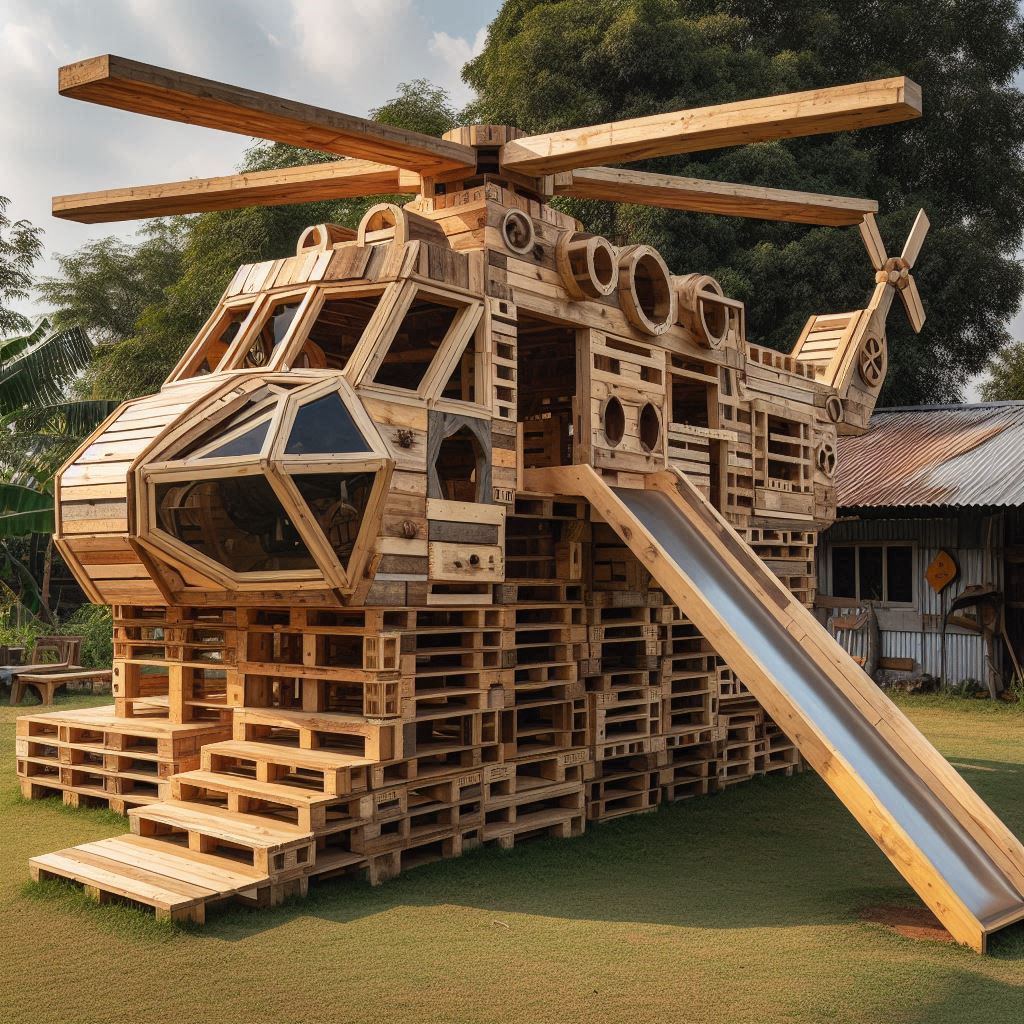
Common Repairs and Solutions
Despite the best efforts of builders and fliers, wear and tear can occur over time. Common repairs involve re-gluing loose components, replacing damaged rotor blades, or refinishing worn surfaces.
Learning simple repair techniques can save time and resources. For instance, knowing how to patch small cracks or refinish surfaces helps keep the helicopter looking great and functioning well.
Additionally, having spare parts readily available can minimize downtime. Keeping a stock of commonly replaced items ensures that repairs can be conducted quickly and efficiently.
Mistakes to Avoid
While constructing and flying a wood helicopter can be immensely rewarding, there are pitfalls to avoid along the way. Awareness of common mistakes can prevent setbacks and enhance the overall experience.
Poor Material Choices
Selecting the wrong materials can lead to disappointing results. Using heavy wood or inferior adhesives can compromise flight performance and structural integrity. It’s essential to invest in quality materials suited for flight to achieve the desired outcome.
Researching and understanding the properties of different woods and adhesives prior to starting a project will yield better results. Quality choices translate into a wood helicopter that performs well and lasts longer.
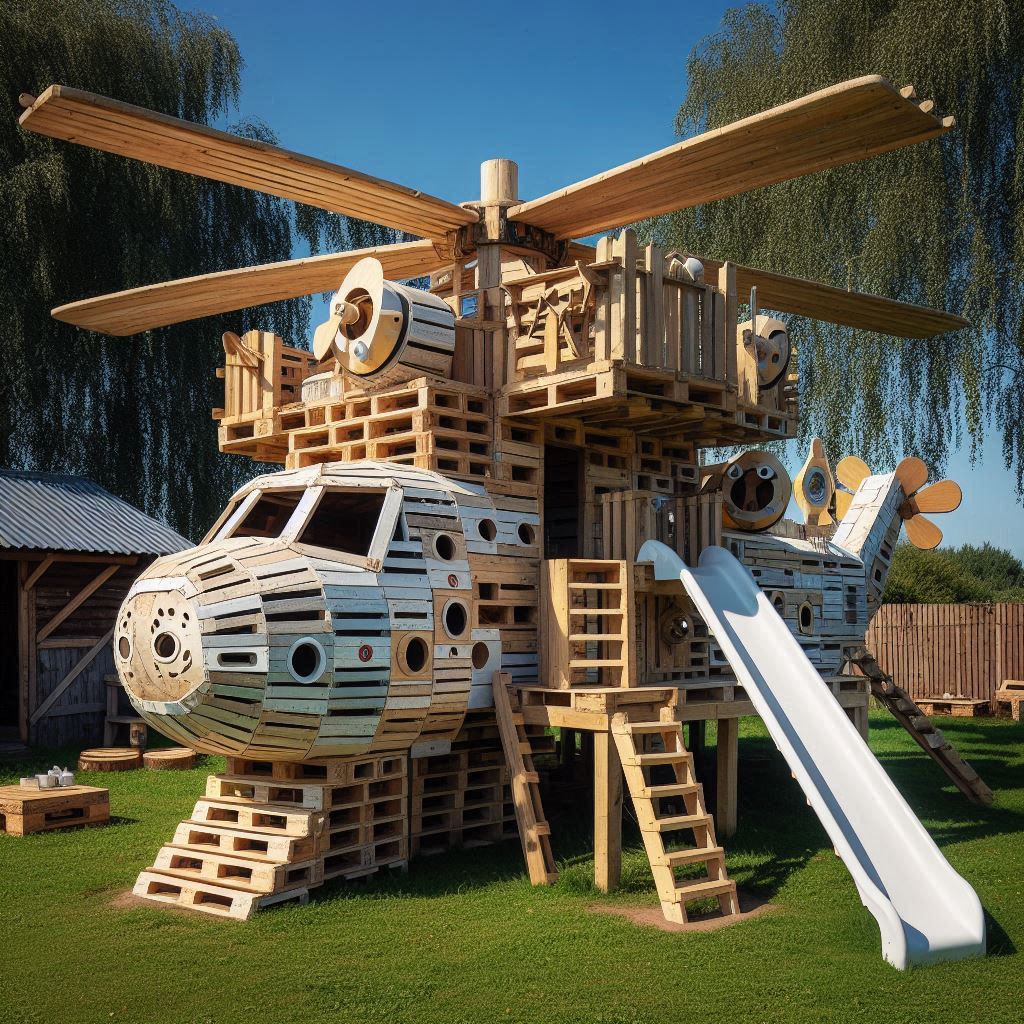
Skipping Safety Inspections
Neglecting safety inspections is a significant mistake that can lead to accidents. Before each flight, meticulously examining the helicopter for weaknesses or loose parts is crucial. Small oversights can result in catastrophic failure mid-flight.
Developing a checklist for pre-flight inspections can help establish consistent habits. By prioritizing safety, builders and fliers can enjoy the thrill of flight without unnecessary risks.
Neglecting Maintenance
Just as regular upkeep is vital, neglecting maintenance can lead to problems down the line. Addressing issues promptly, instead of postponing repairs, ensures that the helicopter remains in peak operating condition.
Establishing a maintenance routine, regardless of how often the helicopter is flown, fosters a culture of responsibility. This dedication to care pays dividends in the long run, keeping the helicopter ready for the skies whenever the mood strikes.
Frequently Asked Questions
Many individuals interested in wood helicopters often have questions regarding the best practices and materials involved in their creation and operation.
What is the best wood for making a helicopter?
The best wood largely depends on the specific requirements of the project. Balsa wood is widely preferred due to its lightweight nature, making it ideal for creating models that require efficient lift.
Plywood offers a balance between strength and weight, providing durability without excessive heaviness. For those seeking a unique aesthetic, hardwoods can add beauty, though they may require careful consideration regarding weight and balance.
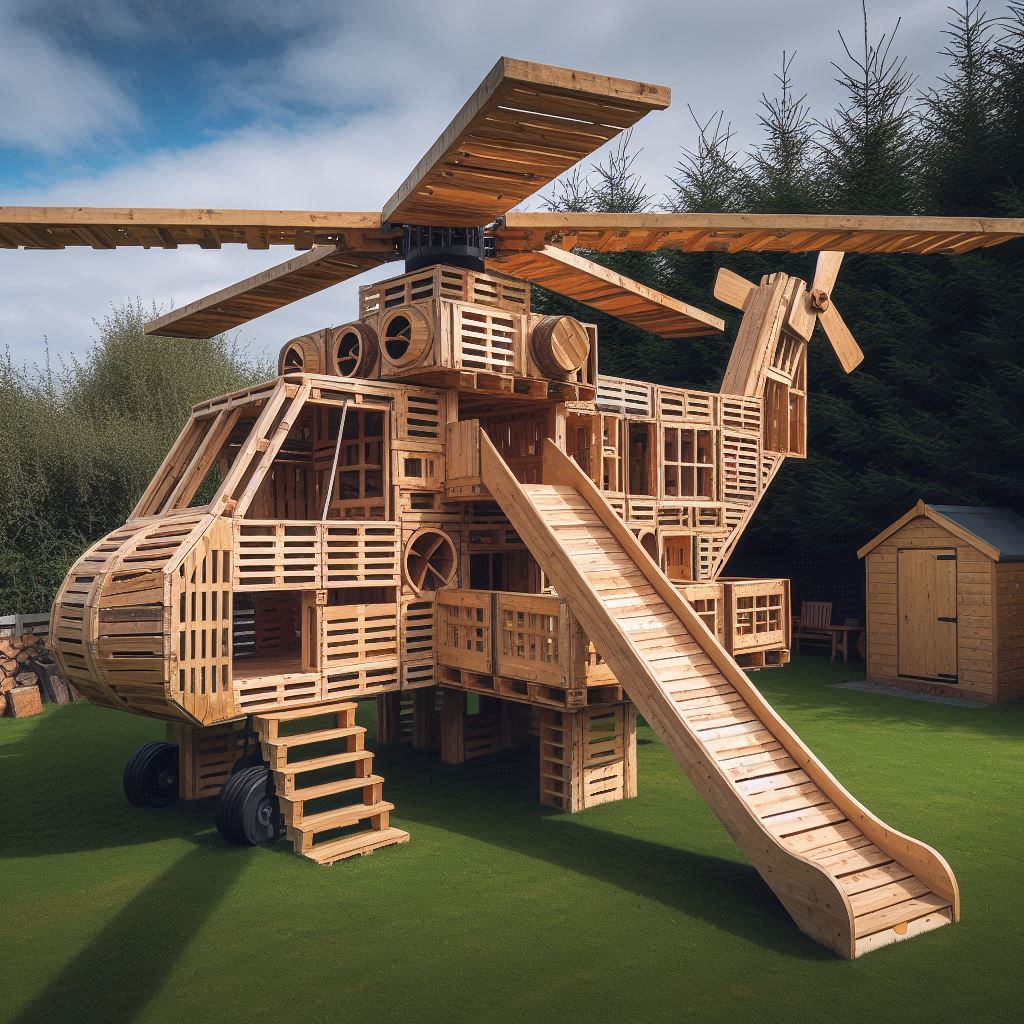
How do you ensure stability during flight?
Ensuring stability during flight involves multiple factors, including proper balance and rotor alignment. Balancing the helicopter is crucial; an uneven distribution of weight can lead to unpredictable flight patterns.
Adjusting the rotor blades for optimal angle and tension helps facilitate stable flight. Experimentation may be necessary to find the right configuration for each specific model.
Can beginners build wood helicopters?
Absolutely! Beginners can successfully build wood helicopters with proper guidance and resources. Many kits designed specifically for novices come with detailed instructions and pre-cut materials, simplifying the process.
Starting small and gradually tackling more complex projects allows beginners to develop skills and confidence over time. The supportive community surrounding model aviation provides ample resources for anyone eager to dive into the world of wood helicopters.
Conclusion
The allure of the wood helicopter transcends mere functionality, embracing artistry, craftsmanship, and a rich historical context. Enthusiasts appreciate the journey of building and flying these remarkable creations, whether they prefer traditional models or modern interpretations.
The process of selecting materials, constructing, and ultimately piloting a wood helicopter offers invaluable lessons in patience, problem-solving, and creativity. The satisfaction of seeing a self-made creation take to the sky is an experience unlike any other, leaving a lasting impact on builders and fliers alike.
As the wood helicopter continues to carve out its niche in the realm of model aviation, enthusiasts young and old will surely cherish the adventures that lie ahead, fueled by their passion for flight and craftsmanship.

